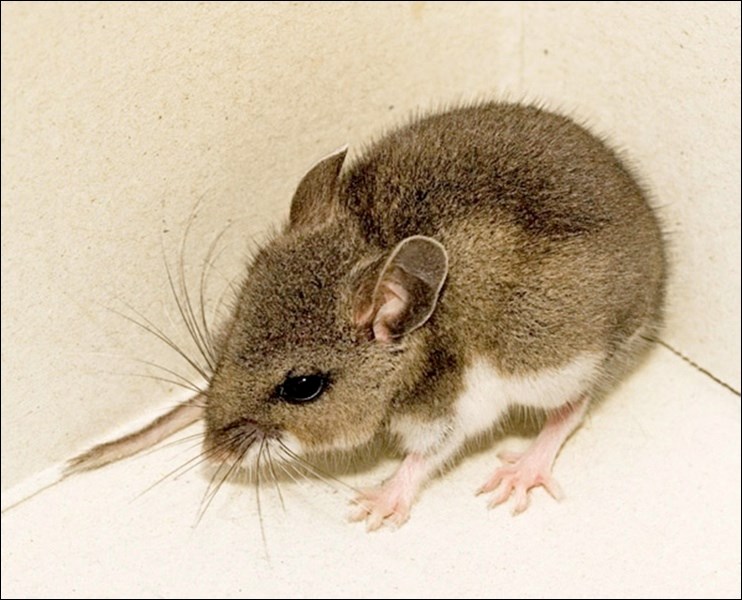Submitted
The Ministry of Health is reminding Saskatchewan residents to take precautions against hantavirus as the weather warms up. People are most often exposed when cleaning up enclosed buildings (such as grain bins, sheds, barns, garages, trailers, cottages and homes) or farm equipment and vehicles after winter.
“You can get hantavirus by breathing in contaminated airborne particles from the droppings, urine and saliva of infected deer mice,” Saskatchewan’s Deputy Chief Medical Health Officer Dr. Denise Werker said. “Hantavirus can cause a rare, but potentially fatal lung illness known as hantavirus pulmonary syndrome.”
Symptoms usually start within one to six weeks of exposure and include fever, muscle aches, cough, headaches, nausea and vomiting. Some people develop severe symptoms that can be life threatening. Seek medical attention immediately if you have a cough, fever and shortness of breath.
To avoid exposure to hantavirus, be aware of mouse droppings and nesting materials and take the following precautions when cleaning infested areas:
• Ventilate the building by opening doors and windows for at least 30 minutes before cleaning;
• Use wet mopping methods and wear rubber or plastic gloves;
• Wear goggles and a well-fitting N-95 type filter mask when cleaning areas contaminated by droppings in a confined space;
• Dampen areas contaminated with rodent droppings with bleach disinfectant and remove droppings with a damp mop or cloth;
• Avoid using dry cleaning methods such as dusting, sweeping, vacuuming or air-hosing;
• Steam clean, shampoo or spray upholstered furniture with a detergent, disinfectant or a mixture of bleach and water; and
• Wash clothes and bedding with detergent in hot water.
Also, take steps to reduce rodent infestations:
• Block openings that might allow rodents to enter a building;
• Store human and animal food, water and garbage in containers with tightly-fitted lids; and
• Move woodpiles or other potential hiding places for mice away from your home.
The risk of contracting hantavirus infection is currently low in Saskatchewan. However, deer mice are present throughout the province and the risk will increase as the weather continues to warm up and people resume seasonal activities.
As of Dec. 31, 2018, there have been 32 people with hantavirus pulmonary syndrome reported in Saskatchewan since 1994; 10 of those cases were fatal.
For more information on hantavirus, visit www.saskatchewan.ca/residents/health/diseases-and-conditions/hantavirus and HealthLine Online at www.healthlineonline.ca.
For advice on symptoms or when to seek care, call HealthLine 811.



